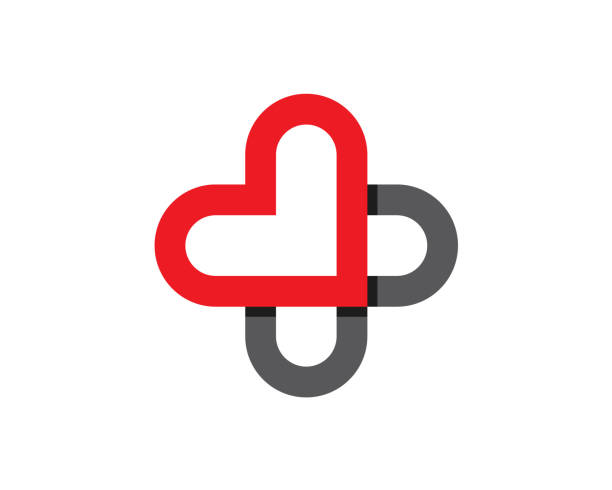Hospitals don’t suffer from a lack of data; they suffer when data can’t be translated into timely, accountable action. Clinical, registry, and operational information often sits in different systems with different owners. Definitions drift across service lines and facilities, reports land after decisions have already been made, and even when gaps are obvious, ownership for follow-up is murky. The fix is an operating model that aligns what we measure, when we see it, and who is responsible for results.
Why the gap persists
Quality work stalls for predictable reasons.
Fragmented systems: Clinical, registry, and operational data live in separate applications with different owners.
Definition drift: Measures vary by service line, facility, or analyst, eroding trust and comparability.
Access and timeliness: Static reports arrive too late or lack self-service exploration.
Follow-up ambiguity: Action items aren’t consistently assigned, tracked, or closed.
Closing this gap starts with four levers working in concert: a shared library of metrics and definitions, connected systems that keep data flowing, right-time visibility before decisions are made, and explicit accountability for closing the loop. When those are aligned, performance improvement (PI) meetings shift from debating the source of truth to deciding what to change.
Five principles that connect data to quality
Turning data into improvement requires discipline.
First, anchor every measure to a single source of truth down to the registry fields and validation status that generate it, so there’s no ambiguity about where numbers come from.
Second, maintain a living metric library that spells out numerator, denominator, inclusion and exclusion criteria, time period, and a named owner; it’s easier to move fast when everyone reads the same playbook.
Third, deliver right-time visibility by circulating approved views ahead of PI meetings so discussions start with today’s reality, not last quarter’s PDF.
Fourth, ensure traceability from record to measure to agenda item to action and closure; when teams can follow the lineage, they can verify cause and effect.
Finally, commit to closed-loop actions: every variance gets an owner, a due date, a defined intervention (education, workflow, system, or policy), and a clear resolution criterion.
Turning registry data into a PI agenda
A predictable monthly rhythm keeps improvement moving.
Before the meeting, lock the measurement period, refresh the metric library, validate records, and run completeness checks. Use threshold-based variance flags to propose topics so the agenda reflects where the data says attention is needed most. When building the agenda, prioritize by volume and impact, map each topic to its originating measure and dataset, and attach the current view and any de-identified case lists readers will need. In the room, begin with the trend, drill into the cohort and representative cases to confirm drivers, and then assign an action with an owner, a due date, and a success measure. Afterward, track status to closure and schedule a 30/60/90-day re-check to confirm the change holds; if measurement logic evolves, update the definitions library so future reviews compare like with like.
What effective PI dashboards actually do
The best dashboards don’t try to be encyclopedias; they help people make decisions and follow through.
Every visual should connect directly to a PI goal or agenda item. Leaders should be able to compare performance by service line, facility, provider type, or time window without calling an analyst. Outliers should be obvious because thresholds or control limits are built in. And the path from a trend to a focused cohort to a case list should be a single click.
Crucially, distribution is part of the design: committees receive the latest view before they meet, and teams can pull it on demand between meetings. In practice, that often means emphasizing a handful of high-leverage views through throughput intervals aligned to local standards, complication and readmission trends, transfer and interfacility timing, documentation completeness and validation status, and threshold-triggered case lists for targeted chart review.
The action log that prevents drift
Improvement sticks when actions are structured. A disciplined log ties every decision back to the metric that prompted it and tracks progress to verification. Each entry captures the problem statement and contributing factors, the owner and collaborators, the due date and review cadence, the intervention type, and the evidence of completion. It also defines the verification metric and timeframe for re-check, and records the status and close date. That level of specificity makes audits straightforward and, more importantly, keeps the team focused on whether the change worked.
Putting it all together
Quality improves when everyone looks at the exact numbers, defined the same way, at the right time, and when every variance has an owner. Build an authoritative metric library, deliver right-time visibility, run a disciplined agenda-to-action cycle, and insist on traceability and re-checks. That’s how hospitals convert registry data into measurable, sustained performance improvement.
Photo: Liana Nagieva, Getty Images

Joe Graw is the Chief Growth Officer at ImageTrend. Joe’s passion to learn and explore new ideas in the industry is about more than managing the growth of ImageTrend – it’s forward thinking. Engaging in many facets of ImageTrend is part of what drives Joe. He is dedicated to our community, clients, and their use of data to drive results, implement change, and drive improvement in their industries.
This post appears through the MedCity Influencers program. Anyone can publish their perspective on business and innovation in healthcare on MedCity News through MedCity Influencers. Click here to find out how.




